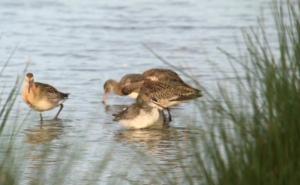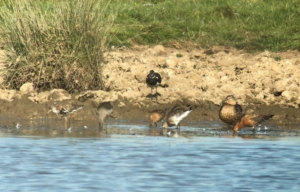
Staff member Ross Ahmed was admitted to the British Ornithologists’ Union Records Committee (BOURC) in July 2023. The committee maintains the official list of birds recorded in Britain and has done since 1883. The committee consists of around ten members with skills in as aspects of ornithology such as identification, vagrancy and ringing.
The British List currently stands at 628 species. However, new previously unrecorded species are being seen in Britain regularly. Such records are sent to the BOURC to check that the identification is correct. In addition, a key function of the BOURC is to assess whether such records are likely to involve wild birds, or whether the record is likely to relate to a bird that has escaped or been released from captivity. Assessing the likely origin of a bird involves careful consideration of, for example, migration patterns and frequency of the species in captivity.
Further information regarding the BOURC can be found on the British Ornithologists’ Union website at https://bou.org.uk/british-list/about-bourc/, while details of the members of the committee including Ross can be found at https://bou.org.uk/about-the-bou/governance-and-administration/bou-committees/records-committee-bourc/meet-our-records-committee/.


